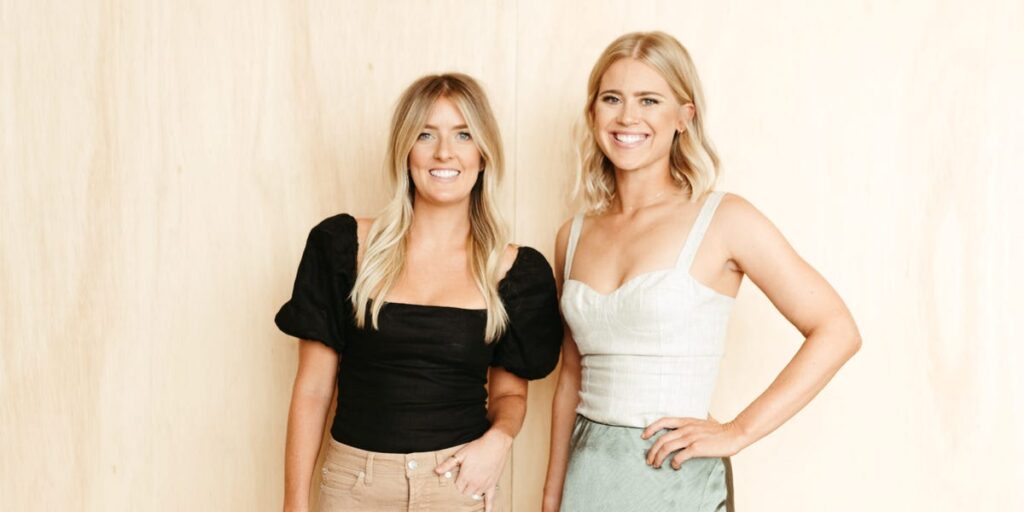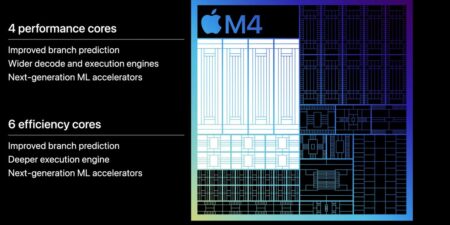The way we shop is in for a revolution.
Instead of walking into a store, browsing a catalog, or scanning the web for your favorite brands, imagine being able to shop just like you’d identify a song with the music discovery app Shazam — on demand, whenever, and wherever you’re located. That’s the vision behind the interactive shopping app Capsule.
The e-commerce world has seen this concept before. In 2019, Amazon unveiled StyleSnap, an AI-driven tool that matched fashion photos users uploaded with products on its site. Brands like Asos, Wayfair, and Target have launched similar tools that rely on computer vision and deep learning algorithms to identify styles, shapes, and patterns from pictures.
But Capsule’s goal is more ambitious and far-reaching: It aims to become the default destination for online shopping. Instead of relying on its inventory or partnerships with other brands, the company scrapes data from some 20,000 websites nightly, ingests it, and uses it to power its product index.
Capsule cofounder and CEO Michele Van Ruiten told Business Insider that its mapping out women’s fashion, intending to own the space within two to a half years. Its eventual goal is to “create a universal horizontal data layer of commerce that exists above the internet,” Van Ruiten said. “This data layer understands products, every shoppable product globally, what it is, who sells it, what it’s made of, and its resale value.”
So, consumers will no longer need to conduct laborious online searches for a specific pair of heels or a water bottle. “A single search considers everything online,” Van Ruiten said.
Snap a picture, buy the dress
In practice, Capsule works a bit like a Google reverse image search on hyperdrive. Users simply take a picture of a product — whether that’s an actor wearing a dress they like or a pair of shoes they’ve spotted in a store window — and upload it to the app, and it will show them the item, along with other, similar, shoppable styles.
The company uses computer vision models to infer details about the items in its catalog, compare products to one another, and connect identical items.
Beyond the image search, Capsule can also recommend a personalized color wheel for users based on their skin, eyes, and hair, using proprietary algorithms. It also allows users to augment their searches with generative AI. So, if they upload a picture of a white shirt but want to see it in colors not offered by the brand that makes the shirt, Capsule uses generative AI to recreate it in new colors, allowing users to search for options from other brands.
Last month, Capsule also launched a new text search feature in beta that allows users to search for clothes based on a concept they have in mind — whether that’s just a “simple white t-shirt” or “Carrie Bradshaw-inspired dress” — rather than a specific picture.
Eventually, Capsule plans to share data on what users are searching for or how they’re augmenting products with brands to drive new product designs. It’ll need to accrue a few million more users before then, but Van Ruiten said the company is already able to forecast trends before they hit apps like Pinterest or called out by fashion magazines like Vogue.
It’s paving the way for a new way of shopping that’s driven by the consumer.
Consumers are shifting away from “wanting to replicate things they see online in a one-to-one way,” Van Ruiten said. The average Gen Z shopper, especially, finds fashion inspiration in tons of places across the virtual world — from brands to influencers to viral trends. So they’re starting to see apps like Capsule as a place “where their own creativity could put them at the helm of product discovery,” she said.
Read the full article here















